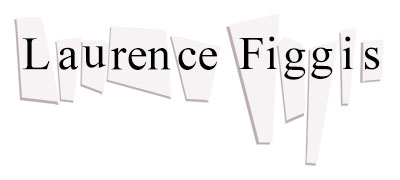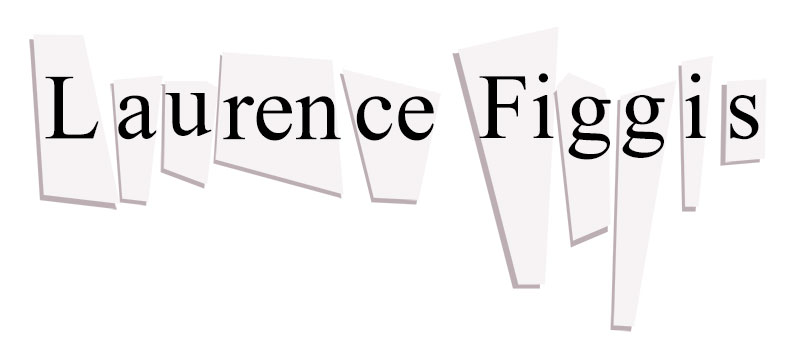Jun 10
2005Carol Rama
In Terry Zwigoff’s film Ghost world (2001), the art teacher applauds an unctuous girl student making works from her own blood, whilst rubbishing the witty intricate drawings of the heroine. This parody of reversed dogma – a sort of compulsory avant gardism- is furthered in the fake video art she shows to the class -a female voice chanting ‘father/mirror, father/mirror’ over a montage of dolls heads and flushing toilets. Carol Rama’s stance of anguished candidness occupies a similarly parodic and jaded arena for a post-millennial audience. In the wake of Tracy Emin’s tabloid notoriety and Louise Bourgeois’ fully institutionalised spiders, mirrors and towers, it seems quite ubiquitous for female artists to be airing their psychological dirty laundry in public; far less cataclysmic than in 1940’s Turin where Rama’s first exhibition was closed down by the police.
Yet the Baltic retrospective – 87-year-old Rama’s first ever British solo show- proved that an anguished confessional subject-matter had not lost its scabrous power to enchant, perhaps because its’ mordant manifestations in this instance pre-empted any cynical response. Rama who has been making works since the early 1930’s, began – like the Thora Birch character in Ghost World – by drawing through her own anxieties, producing lewd scrawls of lascivious but somewhat violently incommoded figures including grinning priapic male harpies and snake-tongued femme-fatales. These works entitled Appassionatas, beautifully tinted in watercolour and rendered in a deceptively fey style, established an enduring repertoire of amputees and strange fetishes, which recurred in the increasingly sculptural from of the bricolages of the1960’s, made from glass eyes and claws embedded in pools and splashes of paint. Read more →

